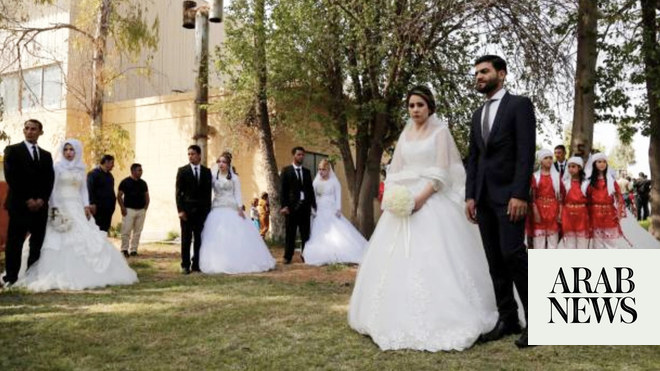LONDON: Unofficial ads for “Syrian brides available” have circulated on Iraqi social media platforms in recent months, some perpetuating tropes about Syrian women with lines such as: “Marry a Syrian woman for $100 and enjoy delicious food and a sweet dialect . »
The controversial posts, which have caught the attention of local media, are captioned as if they are advertising moving objects. One reads: “You can hear to'borni (a Syriac term for endearment) at home for just 500,000 dinars” — the equivalent of $380.
Men promoting the trend complain about the exorbitant amounts demanded by Iraqi women, often between $10,000 and $20,000, local residents told Arab News. In addition to this, they say, Iraqi brides-to-be also often ask for property, expensive jewelry and cars.
Mahr is an obligatory gift from the groom to his bride in Muslim societies as a form of security and respect, often with legal significance in marriage contracts.
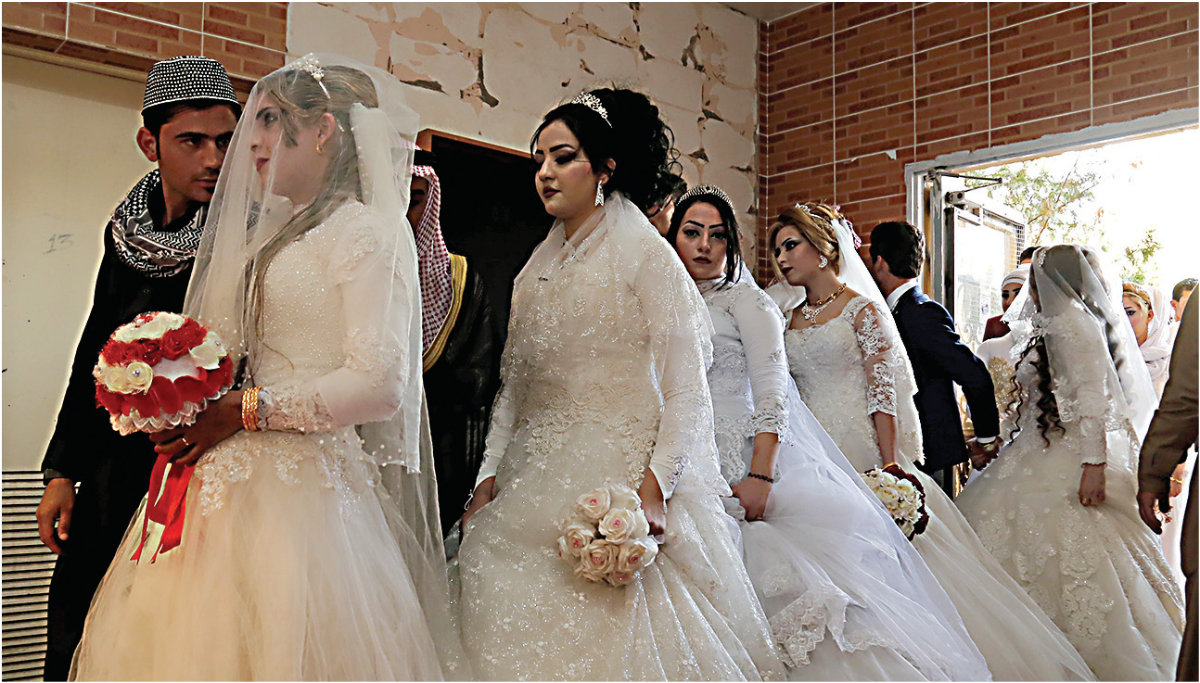
A huge number of posts on the Internet, especially on the video platform TikTok, testify to the validity of this trend. Commentators expressed outrage at the posts, finding the rhetoric degrading to both Syrian and Iraqi women.
More than a decade of violence, displacement, economic hardship and uncertainty have already eroded the dignity of Syrian women. Now, in neighboring countries where they seek safety and economic security, they experience a form of commodification.
Many Syrian women, finding themselves the sole breadwinners of their families, are looking for work in neighboring states, including Iraq, as the economic situation in their country worsens.
Faced with the harsh reality of being a single woman in a conservative society and in countries where the law provides limited protection, some have agreed to marry locals for little, if any, money.
Satam Jadan Al-Danda, Syria's ambassador to Iraq, said in January that some 5,000 marriages between Syrian women and Iraqi men had been documented in 2023 alone.
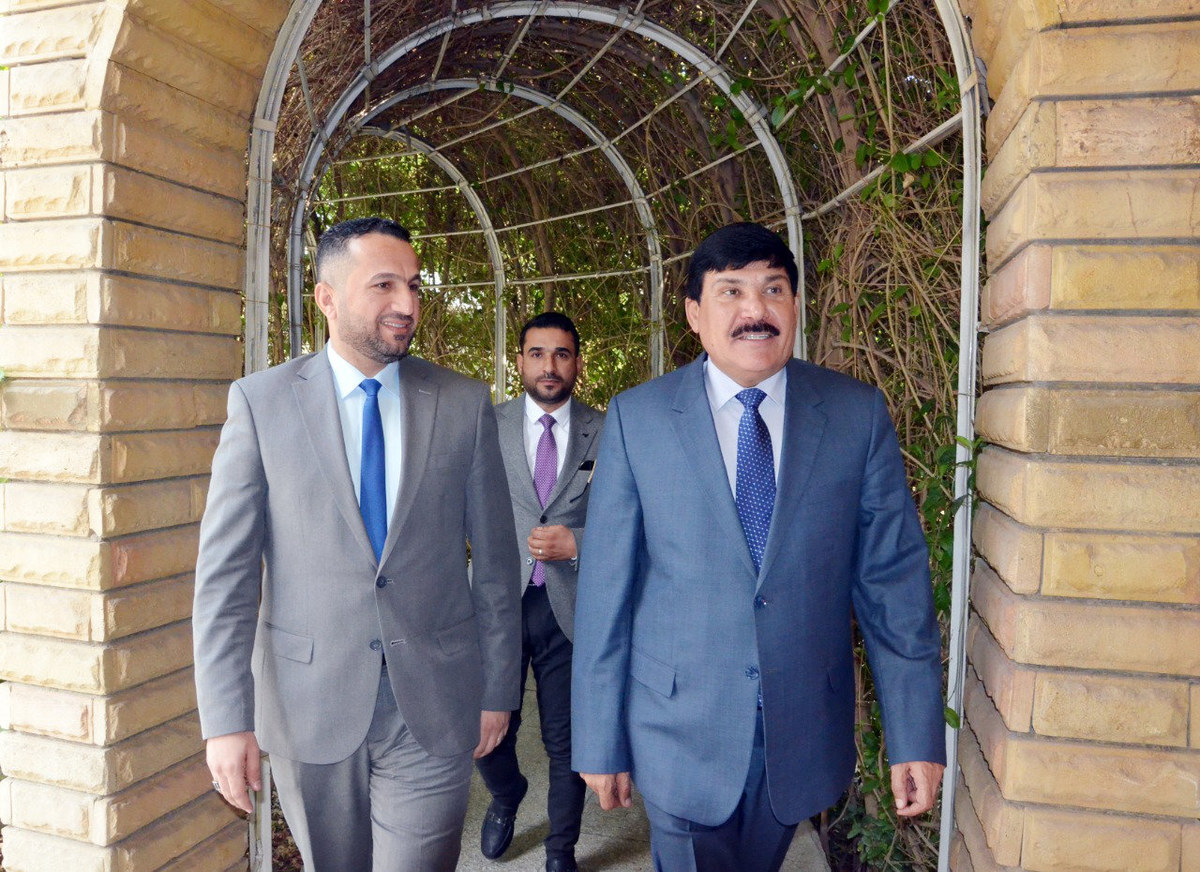
According to the 2024 UNDP Gender Inequality Index, Iraq is the fifth worst country in the world for women and girls, despite many recent efforts to address gender inequality.
“Syrian women in countries like Iraq, where the law does not provide adequate protection, are often harassed, exploited and even trafficked,” Muna Hayti, a UK-based Syrian feminist and researcher, told Arab News.
“The main reasons Syrian women agree to such arrangements—many even seek them—in almost all neighboring host countries are the need for protection and the desire to escape a worsening economic situation.”
Thirteen years of conflict and economic sanctions have plunged 90 percent of Syria's population below the poverty line, creating a new social norm where families struggle to survive without female labor.
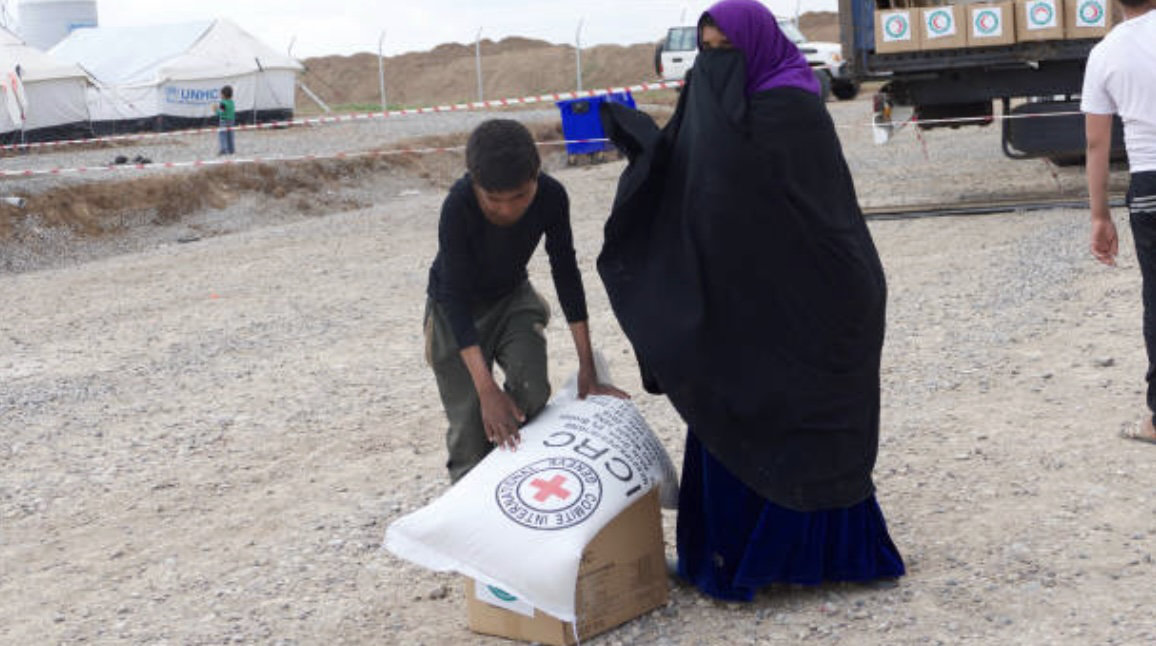
“Under relatively normal circumstances, women and girls' communities and families would provide some level of protection, even if this sometimes entails unwanted intervention or even control,” Haiti said.
The erosion of these protections due to displacement has made Syrian women and girls more vulnerable.
About 5.4 million Syrians live in five countries in the region — Turkey, Lebanon, Jordan, Iraq and Egypt — and more than 70 percent of them are women, according to the United Nations.
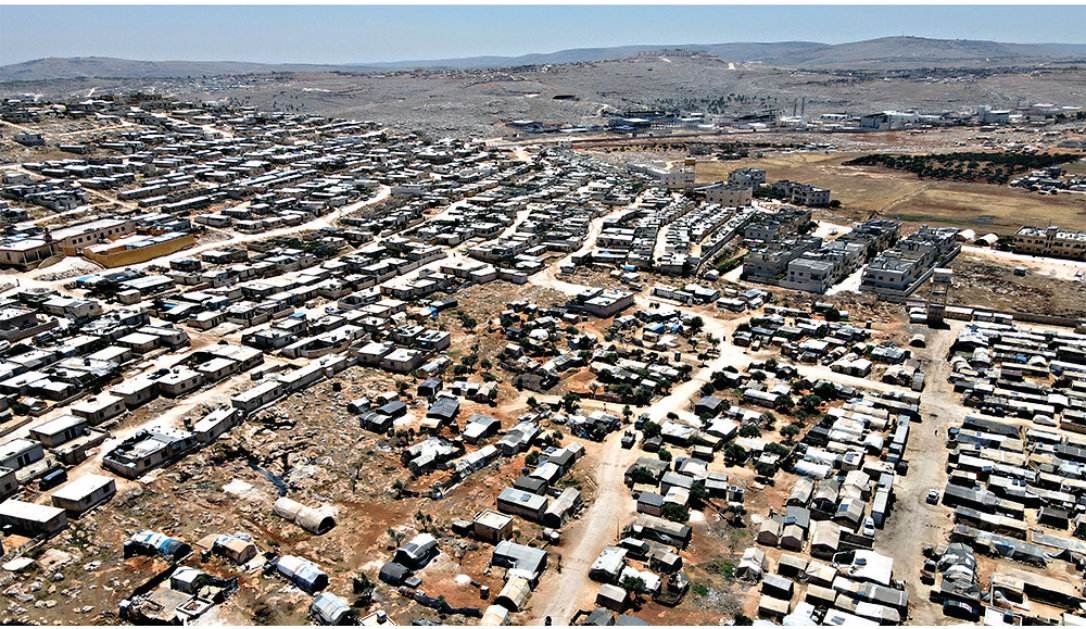
“Women in need of protection accept a lower dowry compared to women who live under the protection of their families in their own countries,” Haiti said.
However, a woman's decision to marry for economic reasons “is often not a personal choice, but a collective family decision, with women—even girls—convinced that this is an opportunity for a better life.
“This is often seen in IDP camps, where women do not even have a choice, and marrying a local can be seen as a convenient way to transform from a recipient of charity to a dignified and protected woman.”
The Norwegian Refugee Council in 2016 reported an alarming increase in child marriage in Syrian refugee communities, where girls as young as 13 are being married off.
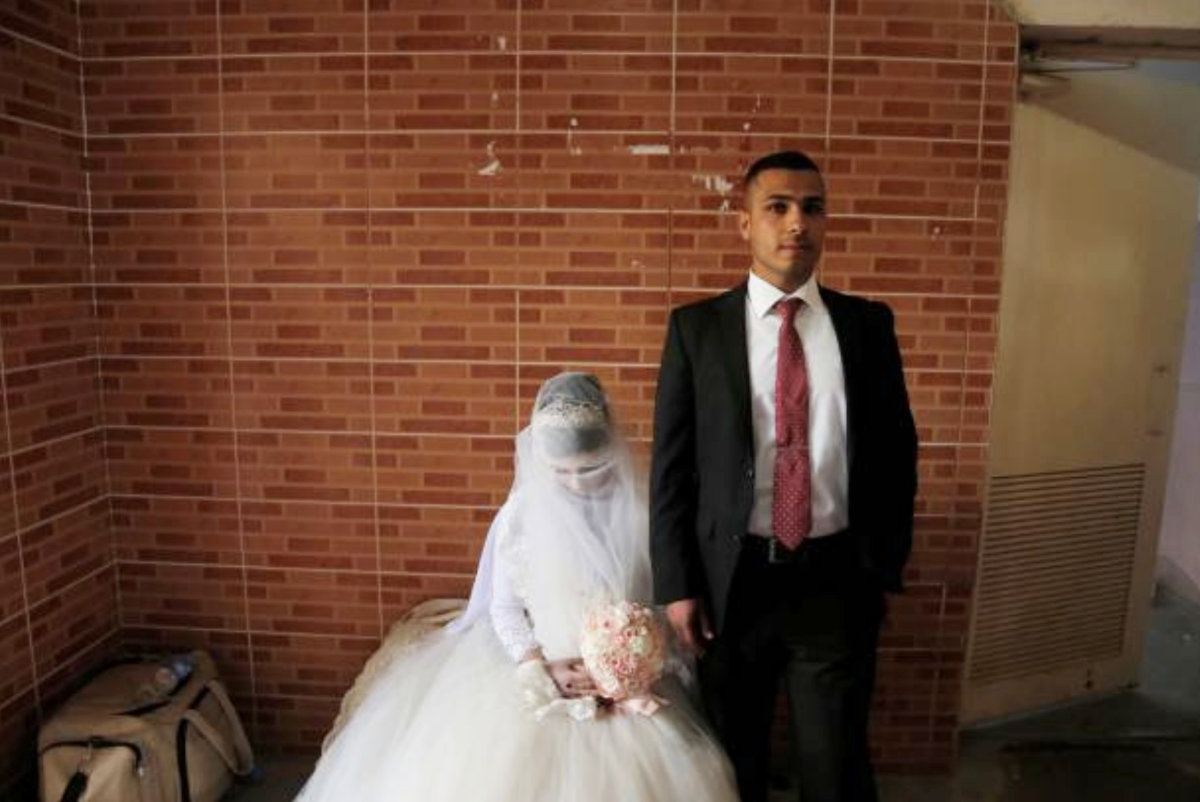
A 2023 report by American Near East Refugee Aid, an NGO that addresses the needs of refugees and vulnerable populations in Palestine, Lebanon and Jordan, found that 41 percent of Syrian refugee women aged 20 to 24 in Lebanon were married, not living to be 18 years old.
Stressing that the situation was created by “layers of discrimination and injustice”, Haiti said the blame for such marriages should not be placed only on individuals or families, but on “whole systems” that normalized the exploitation of Syrian women through a lack of accountability.
“Neighboring countries have not sought to integrate Syrian refugees, who are excluded by local communities and used by politicians for economic benefits,” she said.
Deep-seated gender economic inequality has long disadvantaged women, and the war has only widened that gap, despite an increase in women's share of income earners.
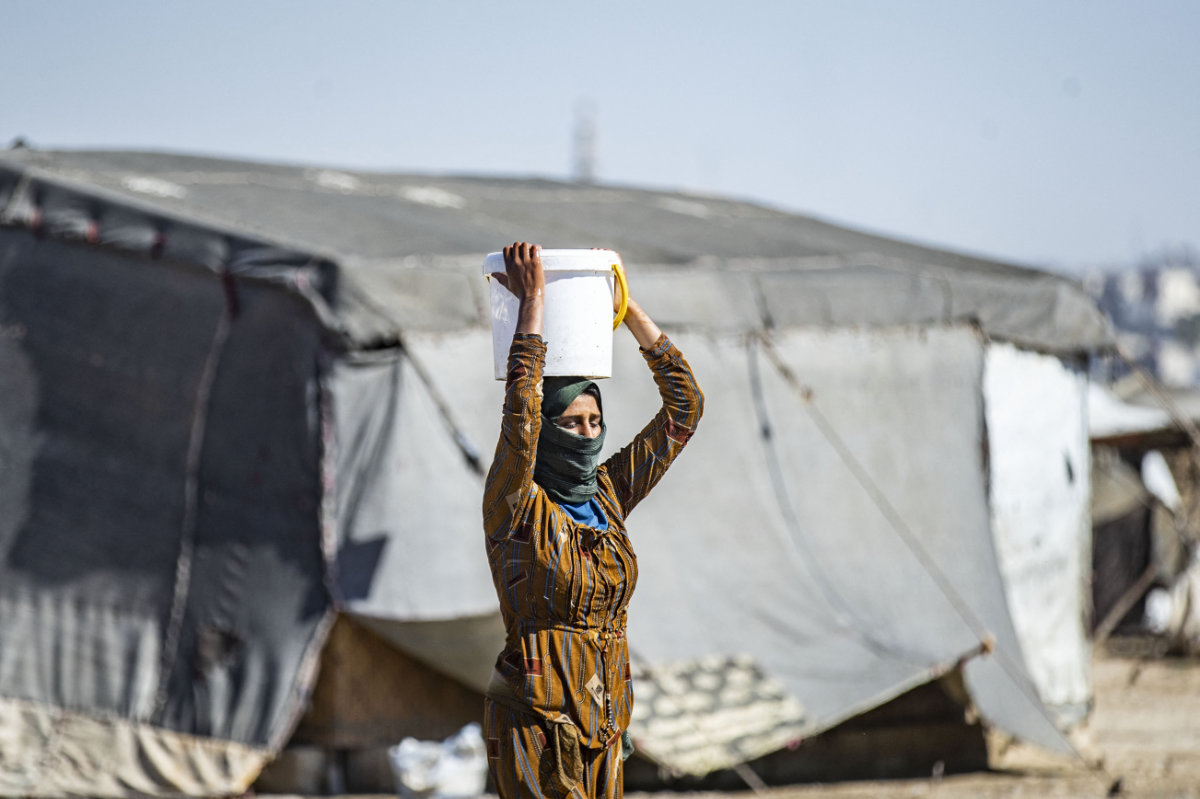
“Middle Eastern societies have historically accumulated wealth in the hands of men, which made women largely dependent on men,” Haiti said, adding that this was achieved through “political systems, social norms and religious institutions.”
“Obedience to husbands was often associated with the financial superiority and dominance of men and, consequently, with the dependence of women on them. There are financial resources that women don't have access to.'
She added: “The war has deepened inequality, impoverished the majority of the population, increased the vulnerability of women and displaced millions – all of which have devastated Syrian society.
“Thus, many Syrian women have sought marriages with locals in their host countries to protect themselves, and often their families, from various forms of shame — especially in societies that have shown hostility toward them.”
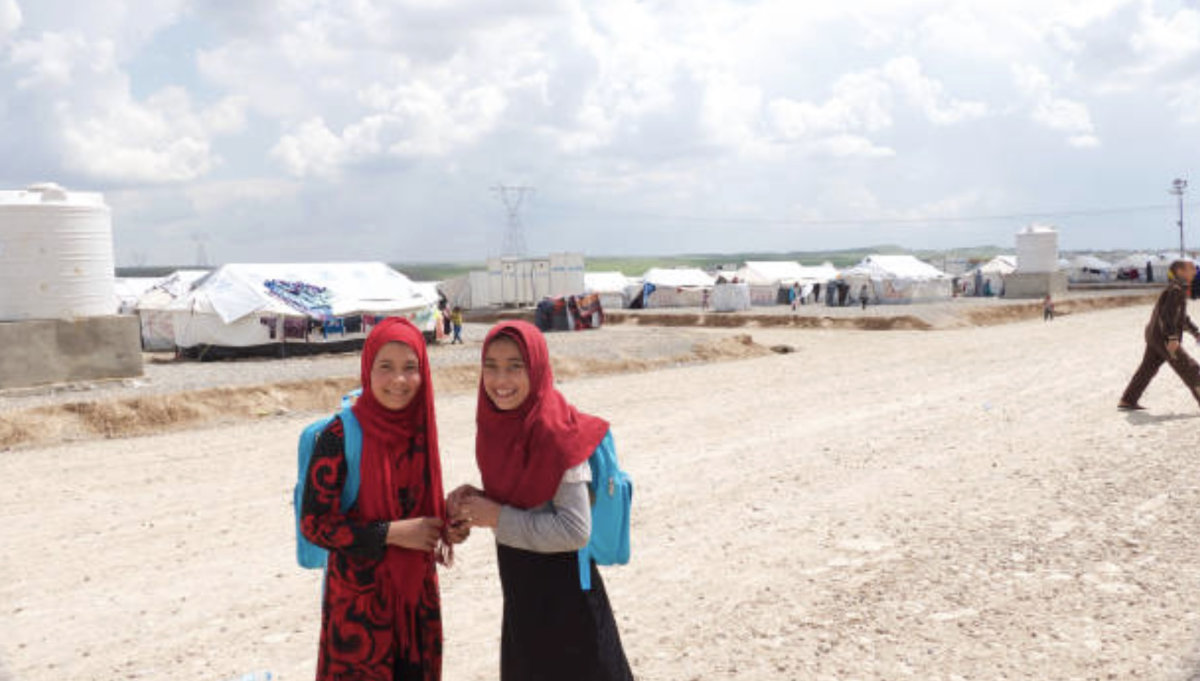
Since the start of a civil war in 2011 that forced millions to flee abroad, Syrians in Lebanon, Turkey and Jordan have repeatedly faced waves of violence and threats of deportation.
Duna Haj Ahmed, a Syrian human rights activist based in the UK, believes that this new status quo has “created a form of modern slavery where Syrian women are turned into commodities and trafficked under the guise of marriage”.
She told Arab News that arranged marriages promoted on Iraqi social media “reduce women to mere objects for sale,” calling the phenomenon “a stark reminder of how conflict and poverty can lead to the rebirth of systems of exploitation, similar to slavery”.
She added: “Such exploitation is not only unethical, but deeply inhumane. Marriage should be based on mutual respect and genuine commitment, not on exploiting the needs of the more vulnerable party.'
Thirteen years of conflict and displacement have put Syrian women in a “special class,” Haiti said. “There is tolerance for the dehumanization of Syrian women, who are now perceived as having less rights.”

Both activists also believe that Syrian women have been turned into a commodity by deceptive television dramas. Iraqi TikTok posts promoting marriage to Syrian women even include clips from controversial Syrian programs that depict Damascene women as part of a docile, attentive harem.
Haiti says the drama genre known in Syria as al-Biya al-Shamiya — or Damascene culture — promotes a “false, historically inaccurate and unjust image of Syrian women and their role in society.”
Since the 1990s, many Syrian dramas have portrayed Damascene women as stunning beauties with innate talents for cooking, housekeeping, and seduction. They run to meet the needs of their husbands, rub their feet, shower them with affection and even feed them from their hands.
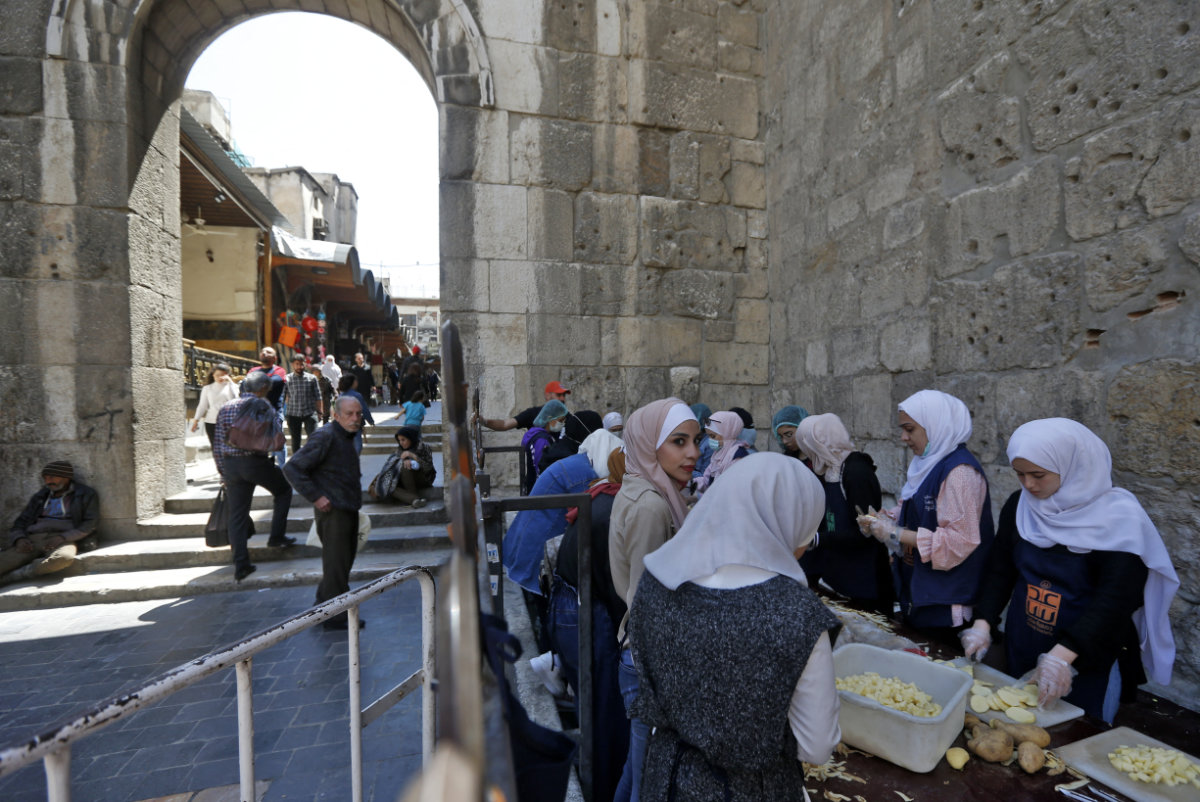
The popularity of Syrian drama series in the Arabic-speaking world has played a significant role in creating and reinforcing such harmful stereotypes.
“For decades, Syrian drama has perpetuated the image of the Syrian woman as an obedient servant to her husband, whose life revolves around meeting his needs through cooking and cleaning during the day and pampering and pleasure at night,” Hajj Ahmed said.
“This negative image reinforced outdated and misguided notions about the roles of women in Syrian society.”
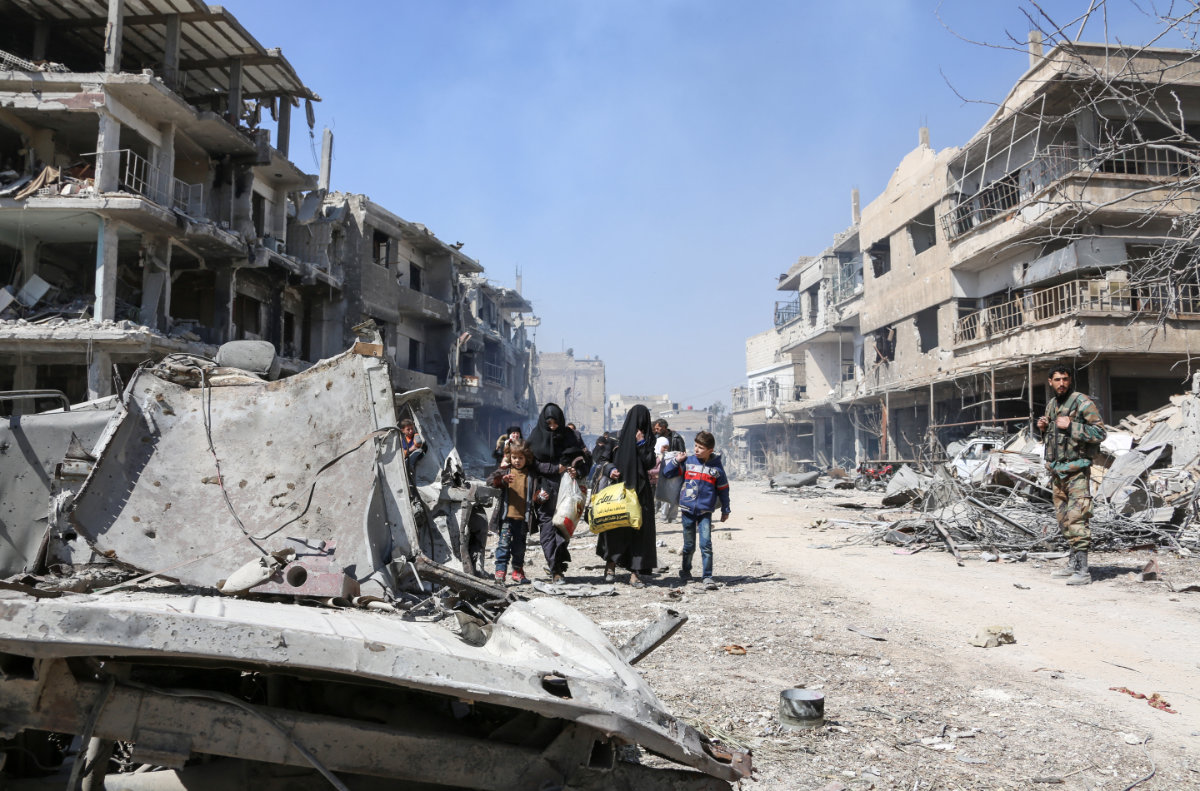
Hajj Ahmed said that in difficult economic conditions, “many young people in Arab countries saw the war in Syria as an opportunity to fulfill their unhealthy desires to get married.
“They have exploited the vulnerability of Syrian girls caused by war and poverty, forcing some Syrian families to make harsh compromises and accept any suitor for their daughters in a desperate attempt to ease the family's financial burden.”
She added that the social media trend promoting Syrian brides for $100 “goes beyond discrimination and hate speech” to “reflect a patriarchal mentality that objectifies women, especially in times of war and disaster.”
“This narrative confirms that women are among the first to suffer in these situations. What Syrian women are going through is a recurring scenario for women in all conflict zones.”

